Tag: prediction

Estimated and Measured Post-tetanic Count Effect
Comparison of two pharmacokinetic–pharmacodynamic models of rocuronium bromide during profound neuromuscular block. Our findings indicate that using plasma concentrations of rocuronium bromide estimated with either of... read more

COVID-19 Mortality Prediction Model
While there have been extensive analyses characterizing cellular and humoral responses across the severity spectrum in COVID-19, predictors of outcomes within severe COVID-19 remain to be comprehensively elucidated. Recently,... read more

Early Mortality Prediction in Sepsis Patients Using Structured Features and Unstructured Clinical Notes
Sepsis is an important cause of mortality, especially in intensive care unit (ICU) patients. Developing novel methods to identify early mortality is critical for improving survival outcomes in sepsis patients. Using the... read more

Multi-task Prediction of Organ Dysfunction in ICUs
The intensive care unit (ICU) of a hospital looks after the most medically vulnerable patients, many of whom require organ support, such as mechanical ventilation or dialysis. While always critical, the demand on ICU services... read more
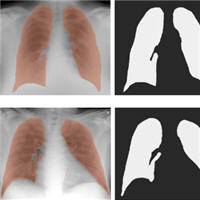
A Practical Integrated Radiomics Model Predicting COVID-19 Hospitalization
It has been widely demonstrated that radiological imaging significantly contributes to diagnosing and monitoring pulmonary and systemic involvement of patients affected by COVID-19 using different techniques like chest X-ray... read more
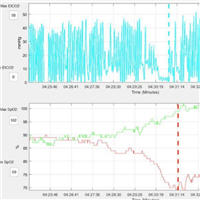
Cardiorespiratory Compromise in the Perioperative Environment
Perioperative cardiorespiratory compromise is common and goes largely undetected. Predictive cardiorespiratory indices can help in early detection of harmful deviations and guide preemptive treatment. Using continuous... read more

Deep RNA Sequencing of ICU Patients with COVID-19
Current upper respiratory tract testing for COVID-19 only determines if the virus is present. Deep RNA sequencing with appropriate computational biology may provide important prognostic information and point to therapeutic... read more
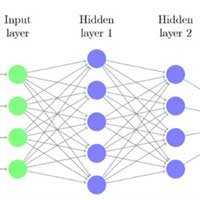
Artificial Neural Networks Improve Prediction and Risk Classification in ICU Patients
A supervised machine learning model using artificial neural networks (ANN) predicted neurological recovery, including survival excellently, and outperformed a conventional model based on logistic regression. Among the data... read more
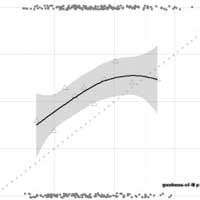
Early Prediction of ICU-Acquired Weakness
The previously developed prediction model for ICU-AW showed poor performance in a new independent multicenter validation cohort. Model updating methods improved calibration but not discrimination. The newly derived prediction... read more

Neuroprognostication Practices in Postcardiac Arrest Patients
Neuroprognostic approaches to hypoxic-ischemic encephalopathy vary among physicians and are often not consistent with current guidelines. The overall inconsistency in approaches and deviation from evidence-based recommendations... read more

Early Prediction of Sepsis From Clinical Data
Diverse computational approaches predict the onset of sepsis several hours before clinical recognition, but generalizability to different hospital systems remains a challenge. A total of 104 groups from academia and industry... read more
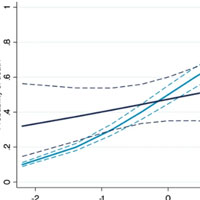
Defining Benefit Threshold for ECMO in Children with Sepsis
This binational study demonstrates that a rapidly available sepsis mortality prediction model can define thresholds for survival benefit in children with septic shock considered for ECMO. Survival on ECMO was associated... read more

Machine Learning vs. Physicians’ Prediction of AKI in Critically Ill Adults
The machine-learning-based AKIpredictor achieved similar discriminative performance as physicians for prediction of AKI-23, and higher net benefit overall, because physicians overestimated the risk of AKI. This suggests... read more
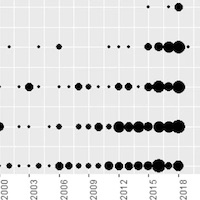
Use of Machine Learning to Analyze Routinely Collected ICU Data
The rate of publication of studies using machine learning to analyze routinely collected ICU data is increasing rapidly. The sample sizes used in many published studies are too small to exploit the potential of these methods.... read more




